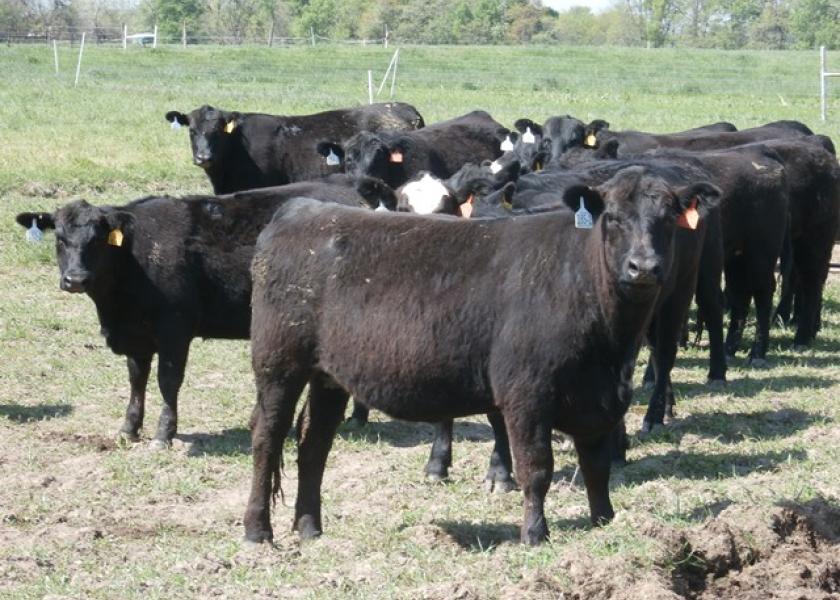Feeding Monensin To Developing Heifers: Is It Worth It?

While there are benefits to feeding monensin to beef cows, how might the use of monensin for developing replacement heifers benefit your operation?
Replacement heifer development is an expensive endeavor with lifelong implications on productivity of the cowherd. In order to optimize production and lifetime profitability, heifers should be bred at 15 months of age in order to calve as a 2-year-old. Furthermore, heifers that calve early in the calving season tend to calve early in subsequent calving seasons throughout their productive life.
Ionophores have been used for years to effectively increase BW gain of growing cattle on pasture or fed hay. The use of monensin has been studied extensively in feedlot finishing and dairy systems. There is an overall improvement in feed efficiency in growing and finishing cattle of 6.4% and a 2.5% increase in average daily gain. In dairy systems there is a 2.5% increase in feed efficiency for milk production. In stocker production systems there is a 10% increase in weight gains.
There are data available that indicate that supplying monensin to developing replacement heifers improves fertility and decreases age at puberty. To determine the benefits of feeding monensin to developing replacement heifers, a team of researchers led by Dr. David Lalman from Oklahoma State University compiled the results of 26 experiments from 18 publications evaluating the effects of monensin supplementation on performance and reproduction of replacement heifers. This was published in the journal Translational Animal Science last summer and is available here.
Key findings for replacement heifer were:
• Average daily gains were increased by 5% when feeding monensin to developing heifers with no effect on body condition.
• Similar to the analysis for mature beef cows, feed intake was decreased by 4.3%.
• Feed efficiency was improved by 14%.
• The age at puberty was 8.9 days less and the number of heifers cycling before the breeding season was increased by 16% with no effect on overall pregnancy rates.
Increases in gains and feed efficiency are powerful economic drivers in heifer development enterprises. Furthermore, there are potential long-term implications of feeding ionophores to developing replacement heifers, if earlier cycling activity can lead to earlier calving dates, which impacts the ability of getting a first calf cow to rebreed with their second calf within a short subsequent breeding season.







